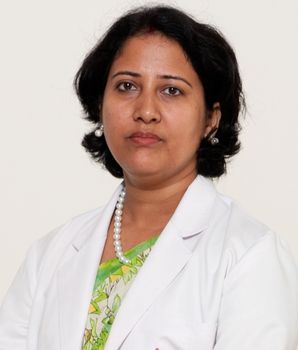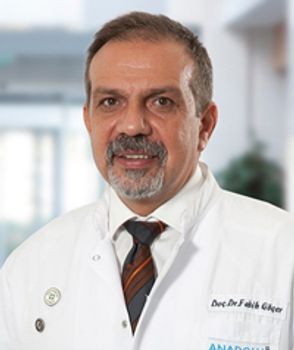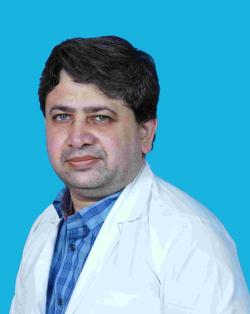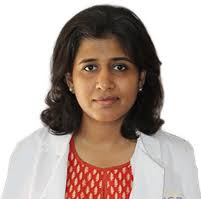Things Every Women Should Know about Breast Cancer
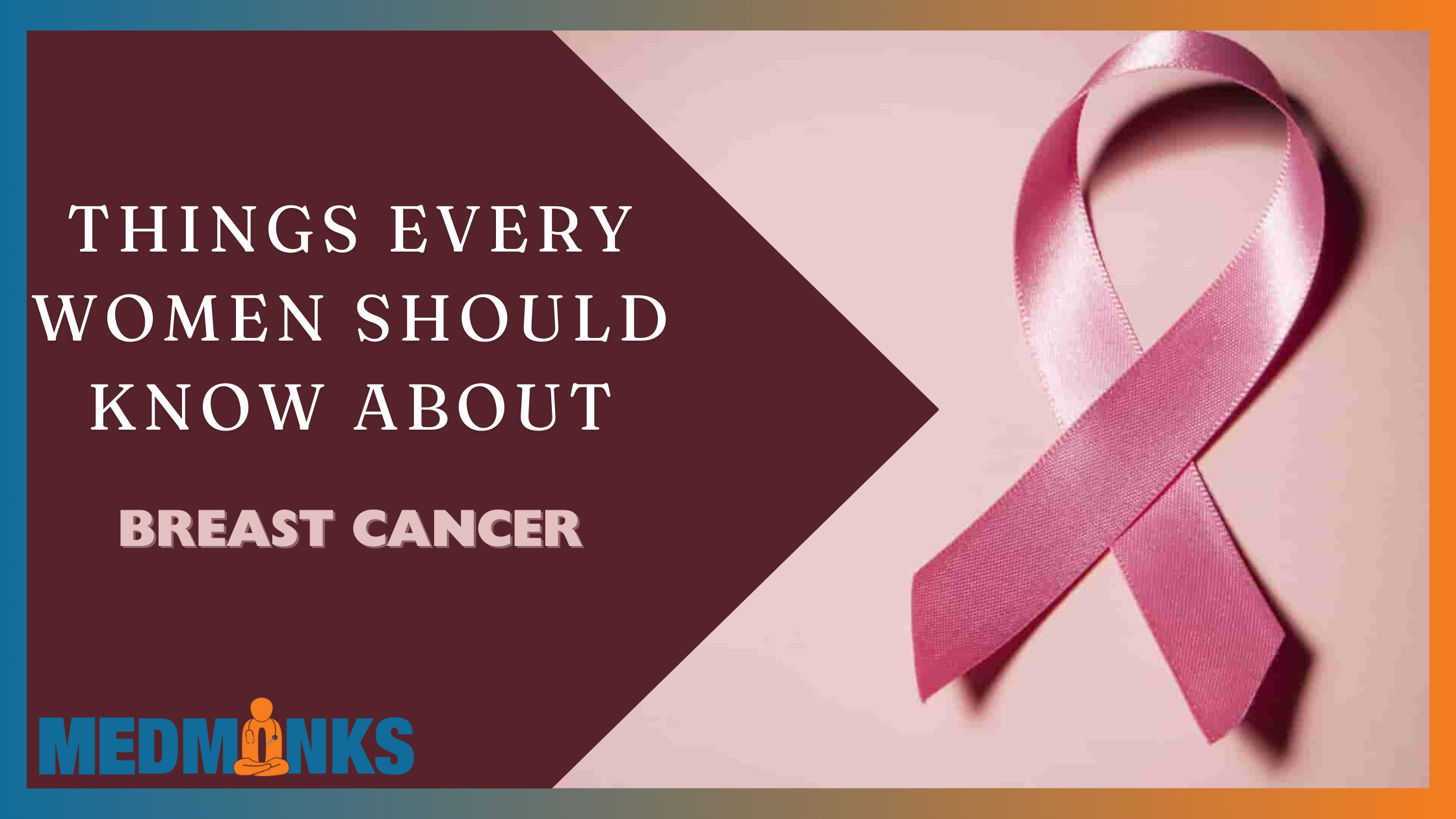
Every year nearly 13,000 women below the age of 40 years are diagnosed with breast cancer, accounting for 7% breast cancer cases, and a total of 40% cancers cases that afflict women under this age group.
A woman has 1 in 8 percent risk of breast cancer, throughout her lifetime. Despite their age, women should be aware of its risk factors. In most cases, an early diagnosis of breast cancer is the only hope of survival.
This blog will help educate female readers about a few things that every young and adult woman should know about breast cancer.
Breast Cancer
Breast cancer is amongst the most common malignant condition afflicting women in America and is the second common cause of death in women. (Almost 4 times women die due to lung cancer each year when compared to breast cancer deaths) Breast cancer rarely occurs in men, but it does happen.
It is important to learn about the anatomy of the breast to understand how breast cancer develops. Female breast comprises of fatty tissues (adipose), and within that are connective tissue, ligaments, nodes, lymph vessels and blood vessels.
The breast has 12-20 sections inside it that are called lobes, which are made up of small lobules that are responsible for producing milk. The lobules and lobes are connected by ducts, that carries the milk to the nipple.
One of the most common type of breast cancer occurs in the ducts and is known as ductal carcinoma which accounts for more than 80% of total breast cancer patients. Lobular carcinoma accounts for around 10% of cases. The rest cases have combined characteristics of lobular and ductal carcinomas, or usually have a unknown origin.
know more about breast cancer >>
What you need to know ?
1. Learn how to perform Breast Screenings
While women under the age of 40 only accounts for 7% of diagnosed breast cancer cases, it is amongst the leading cause of death in women from 15-34 years of age. It becomes important to spread awareness about breasts, so people are able to detect the formation of lumps and identify symptoms in the early stages. They can take help from a doctor, who can teach them how to take proper breast self-exam.
2. Know The Risk Factors
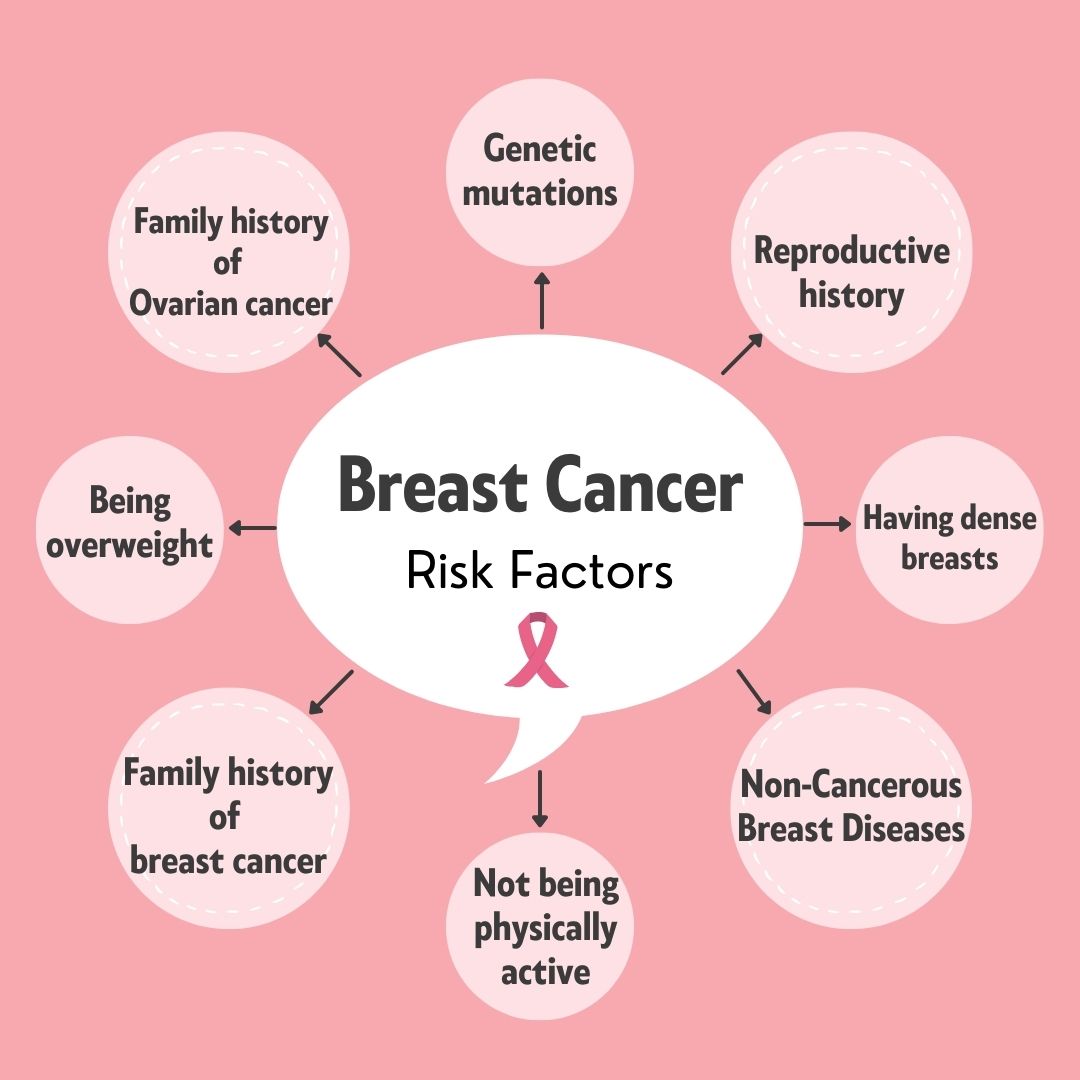
Adults have a higher risk of breast cancer, but in some cases following factors can increase its risk in younger women:
→ Inherited genetic mutations like (BRC A1 and/or BRCA2)
→ A breast cancer personal history before the age of 40
→ Two or more relatives of first-degree (mother, sister, daughter) with a history of breast cancer
→ Early onset of menstrual cycles (before age 12)
→ Exposure of high doses of radiation on the chest
→ First full-term pregnancy in women over 30 years of age
→ Heavy alcohol consumption
→ Dense breasts
→ Obesity
→ Poor diet or red meat’s high intake
→ Race (according to a research Caucasian women are more prone to breast cancer)
→ Use of oral contraceptive
→ Personal history of ovary, endometrium or colon cancer
→ Sedentary lifestyle
know more about breast cancer >>
3. Breast Changes to Watch
Closely watch for any changes on/to the breasts, and consult a doctor if something unusual is noticed:
→ A lump near or inside the breast or under the arms
→ Change in breast shape or size
→ Dimpling, bulging or puckering on the skin around the chest
→ Change in position of the nipple or inverted nipple (pushed inward the breast instead of sticking out)
→ Swelling
→ Skin rash, redness, soreness
→ Nipple discharge (could be a milky, yellow liquid or watery or blood)
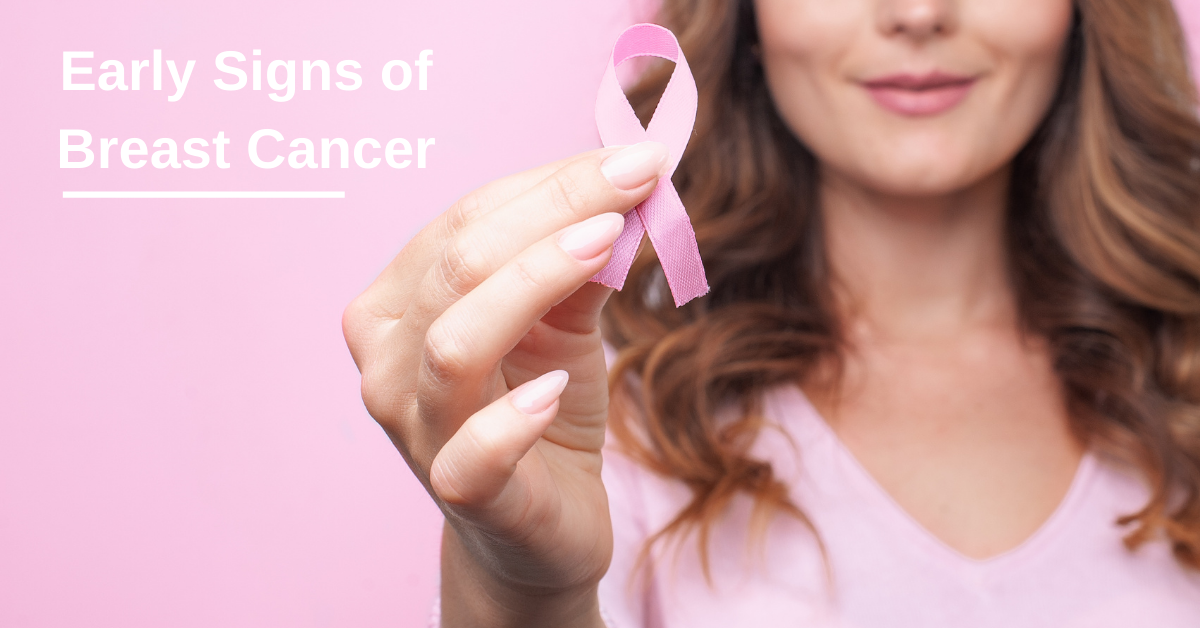
Normal breast tissue can also be lumpy, which is what makes it important for women to know how their healthy breasts normally feel. Most lumps might not even be cancerous, but the diagnosis is important. Many women prefer performing breast self-exams for diagnosing new lumps or scaling the size or changes in an existing lump.
The changes/ symptoms listed above might not necessarily indicate the development of breast cancer in a person, but they should be evaluated, as they are signs of a health problem.
Note: Breast self-exams should not be seen or used as a substitute for mammograms.
4. Be Persistent & Speak Up
Patients should be an advocate for their own health and ensure they mention any the changes or lumps on their chest with the doctor. Some patient concerns will be dismissed as they might be "too young" to have it. If they still feel something is wrong, their concerns will be answered. You can never know everything, especially about a medical condition like cancer.
5. Finding the Right Doctor
It is very important that patient find the right medical professionals to treat them, when diagnosed with breast cancer. Patients might feel that their first doctors know it all, by getting a second opinion can help them explore new treatment options, or ensure them that their initial treatment plan is the best option for them.
The patient might consult with different types of cancer specialists (oncologists), including surgical, radiation and medical oncologists. Cancer treatment should be received from medical specialists who are well versed with all recent treatments, techniques and approaches including neoadjuvant therapy and genetics.
Ensure that the doctors use the NCCN (National Comprehensive Cancer Network) guidelines for determining which treatment is suitable for the patient based on the disease’s stage and tumor’s prognostic factors which are considered gold standards.
know more about breast cancer >>
6. Keep a record of your Medical History
More individuals are taking this seriously today and are aware of their family history. Sharing family history helps doctors in determining the risk of various medical conditions, based on which he/she recommends them to take preventive measures, or study the techniques used in their relative’s treatment for creating a treatment plan.
Women whose first-degree relative(s) (sister, mother, daughter) have breast cancer are more likely to develop breast cancer than women without the history of the disease in their family. Make sure to discuss this information during consultations and diagnosis, offering details like who (which family member) had breast cancer or any other disease, including their age when it was diagnosed.
7. Get a Second Opinion
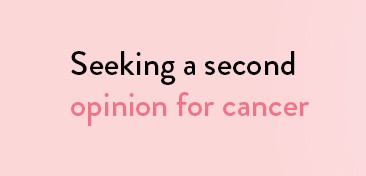
Most medical professionals will suggest patients get a second opinion, and even if they don’t, you should. Most insurance providers cover its cost. It's crucial for the patient’s recovery to seek a breast cancer specialist who is acquainted with the latest treatments and can help patients make the best decisions for their treatment. Patient’s may discuss their diagnosis with other pathologists who can review their breast tissues and give a confirmation of the diagnosis, or a different type of oncologist for determining the best treatment choices after sleeping over their side-effects.
8. Ask Questions
Ask questions! A patient should be actively involved in their treatment. The patient should ask their medical team to explain any medical terms that they don’t understand, discuss different treatment choices, talk about possible side effects, as well as the expected outcome. Take source references from the specialists to learn more about breast cancer. High-risk breast cancer patients can discuss preventive measures and self-testing techniques from their doctors.
Throughout the treatment don't be afraid to take help from your family or friends. Join support groups and feel encouraged by discussing success stories and struggles with people who are experiencing or have experienced the same things the patient is going through.
Be open about the worries & concerns and seek psychological help if necessary.
know more about breast cancer >>
9. Do Some Research
If a patient get diagnosed with cancer, they should learn more about their specific diagnosis. They should understand basic medical terminology defining it while also gaining information about their cancer stage and grades, and how different treatments can help in effectively curing it.
Patients can use the following sources to learn more about breast cancer:
→ Young Survival Coalition
→ BreastCancer.org
→ NCCN.org – for referring to the breast cancer staging guidelines
10. Network
Patients can feel isolated after getting diagnosed with such malignant condition, especially at a young age. They can seek help to network with other patients or women, to express their feeling. It is necessary for patients to discuss their emotions, as they can get depressed. These supports can be found online or may be suggested by the doctor.
Following things can increase the risk of breast cancer in young women
→ Exercise regularly
→ Don't smoke
→ Maintain a Healthy diet
→ Avoid eating processed and red meats
→ Limit/ avoid alcohol consumption
→ Maintain a healthy weight
→ Avoid shift work, especially at night
→ Changing bad habits and lifestyle choices does not completely prevent cancer but can limit its risk, especially in the presence of unavoidable risk factor like genetic history
know more about breast cancer >>
Takeaway
Today, innovation in science have introduced numerous breast cancer treatments. Targeted therapies and personalized medicine have resulted in more long-term survivors. Although 80% of women who are diagnosed, despite being candidates for lumpectomy procedure, prefer mastectomy or bilateral mastectomies, that does not result in a higher survival rate for all cases.
Breast reconstruction has become more sophisticated. Implants are still used by fat transfusion has become a more popular choice. Reconstruction of the breast for cancer patients is also covered under their insurance claim.
A significant number of women diagnosed today tend to become long-term survivors, but there is also an increase in the number of patients. Most patients come with stage 4 breast cancer reporting to feel isolated and misunderstood due to lack of awareness.
know more about breast cancer >>
On a positive note, metastatic diseases are not preventing women from living longer——thanks to improvements in technology.


